Kia EV6 vs Nissan Ariya – Which one offers the better deal?
Two cars, one duel: Kia EV6 meets Nissan Ariya.
Which one wins in performance, efficiency and value for money? Find out now!
Costs and Efficiency:
When it comes to price and running costs, the biggest differences usually appear. This is often where you see which car fits your budget better in the long run.
Nissan Ariya has a slight advantage in terms of price – it starts at 37300 £, while the Kia EV6 costs 38600 £. That’s a price difference of around 1285 £.
In terms of energy consumption, the advantage goes to the Kia EV6: with 15.90 kWh per 100 km, it’s somewhat more efficient than the Nissan Ariya with 17.70 kWh. That’s a difference of about 1.80 kWh.
As for range, the Kia EV6 performs hardly perceptible better – achieving up to 582 km, about 51 km more than the Nissan Ariya.
Engine and Performance:
Under the bonnet, it becomes clear which model is tuned for sportiness and which one takes the lead when you hit the accelerator.
When it comes to engine power, the Kia EV6 has a evident edge – offering 609 HP compared to 435 HP. That’s roughly 174 HP more horsepower.
In acceleration from 0 to 100 km/h, the Kia EV6 is convincingly quicker – completing the sprint in 3.50 s, while the Nissan Ariya takes 5 s. That’s about 1.50 s faster.
In terms of top speed, the Kia EV6 performs distinct better – reaching 260 km/h, while the Nissan Ariya tops out at 200 km/h. The difference is around 60 km/h.
There’s also a difference in torque: Kia EV6 pulls clearly perceptible stronger with 770 Nm compared to 600 Nm. That’s about 170 Nm difference.
Space and Everyday Use:
Beyond pure performance, interior space and usability matter most in daily life. This is where you see which car is more practical and versatile.
Both vehicles offer seating for 5 people.
In curb weight, Kia EV6 is minimal lighter – 1955 kg compared to 1980 kg. The difference is around 25 kg.
In terms of boot space, the Kia EV6 offers hardly perceptible more room – 490 L compared to 468 L. That’s a difference of about 22 L.
In maximum load capacity, the Nissan Ariya performs hardly perceptible better – up to 1350 L, which is about 60 L more than the Kia EV6.
When it comes to payload, Kia EV6 minimal takes the win – 450 kg compared to 420 kg. That’s a difference of about 30 kg.
Who comes out on top?
Overall, the Kia EV6 shows itself to be outperforms in nearly all aspects and secures the title of DriveDuel Champion.
It convinces with the more balanced overall package and proves to be the more versatile choice for everyday use.
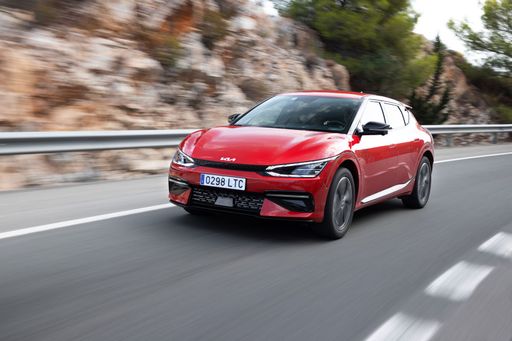
Kia EV6
Kia EV6
The Kia EV6 is an impressive contender in the electric vehicle market, blending futuristic design with sustainable driving. Its sleek exterior combined with a spacious and tech-savvy interior provides both style and comfort for modern drivers. With a focus on performance, the EV6 delivers an exhilarating driving experience while maintaining an eco-friendly footprint.
details @ press.kia.com
@ press.kia.com
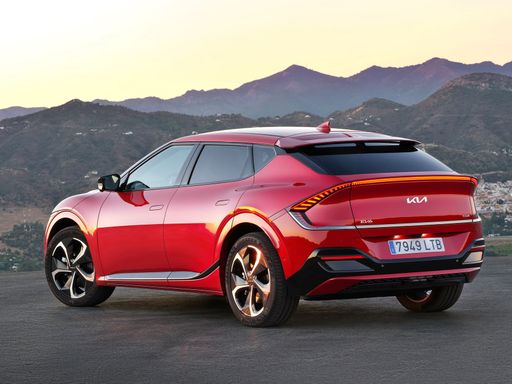 @ press.kia.com
@ press.kia.com
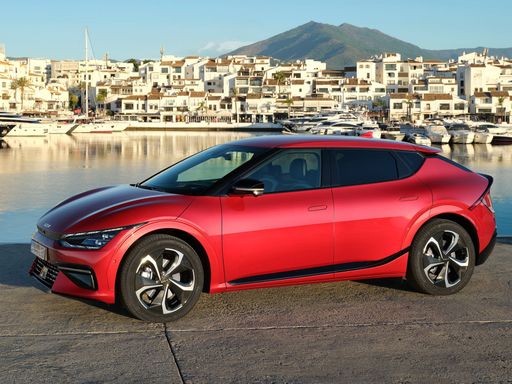 @ press.kia.com
@ press.kia.com
 @ press.kia.com
@ press.kia.com
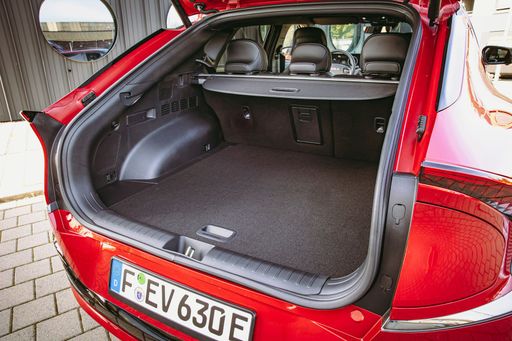 @ press.kia.com
@ press.kia.com
Nissan Ariya
The Nissan Ariya elevates the electric vehicle segment with its sleek design and advanced technology, providing a modern driving experience. Seamlessly blending comfort with performance, the Ariya offers an inviting and spacious interior that caters to both driver and passengers. Its innovative features make it a strong contender in the growing market for eco-friendly yet stylish automobiles.
details @ Nissan
@ Nissan
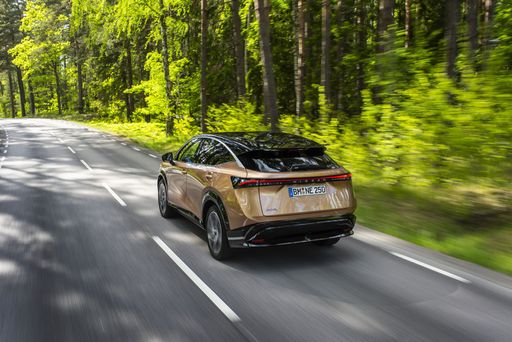 @ Nissan
@ Nissan
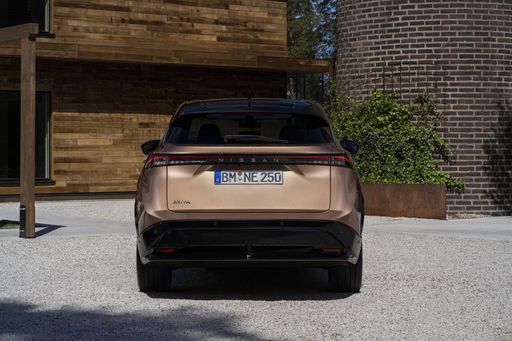 @ Nissan
@ Nissan
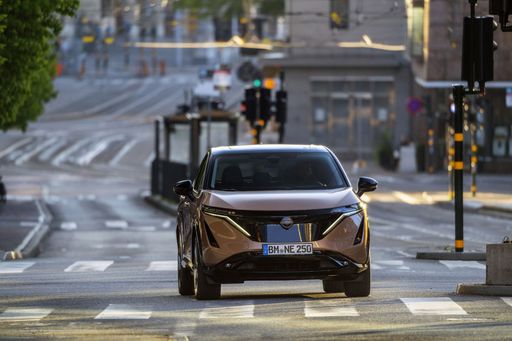 @ Nissan
@ Nissan
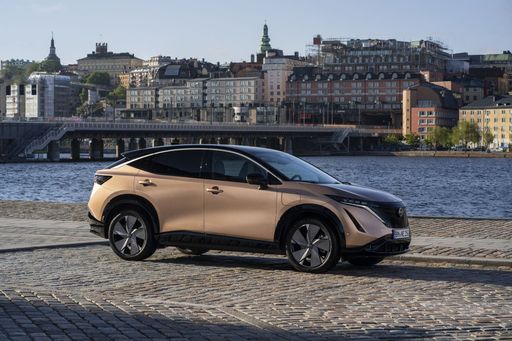 @ Nissan
@ Nissan
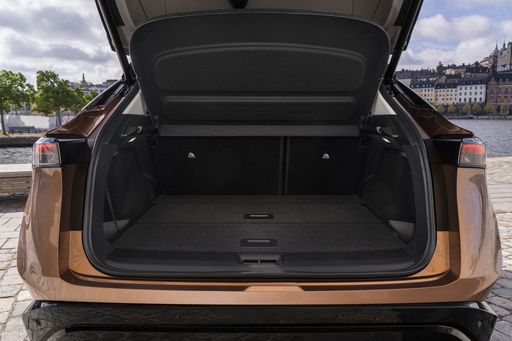 @ Nissan
@ Nissan
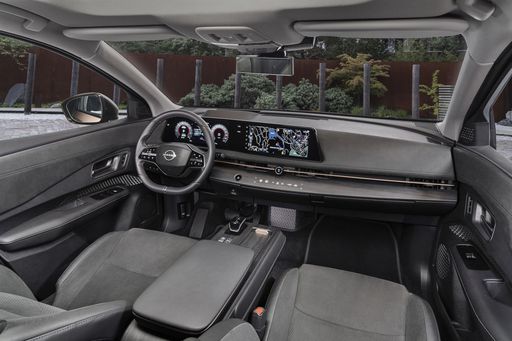 @ Nissan
@ Nissan

|

|
|
|
|
Costs and Consumption |
|
|---|---|
|
Price
38600 - 60000 £
|
Price
37300 - 54800 £
|
|
Consumption L/100km
-
|
Consumption L/100km
-
|
|
Consumption kWh/100km
15.9 - 20.9 kWh
|
Consumption kWh/100km
17.7 - 24.5 kWh
|
|
Electric Range
428 - 582 km
|
Electric Range
402 - 531 km
|
|
Battery Capacity
63 - 84 kWh
|
Battery Capacity
63 - 87 kWh
|
|
co2
0 g/km
|
co2
0 g/km
|
|
Fuel tank capacity
-
|
Fuel tank capacity
-
|
Dimensions and Body |
|
|---|---|
|
Body Type
SUV
|
Body Type
SUV
|
|
Seats
5
|
Seats
5
|
|
Doors
5
|
Doors
5
|
|
Curb weight
1955 - 2220 kg
|
Curb weight
1980 - 2259 kg
|
|
Trunk capacity
480 - 490 L
|
Trunk capacity
415 - 468 L
|
|
Length
4695 mm
|
Length
4595 mm
|
|
Width
1880 - 1890 mm
|
Width
1850 mm
|
|
Height
1545 - 1550 mm
|
Height
1650 mm
|
|
Max trunk capacity
1250 - 1290 L
|
Max trunk capacity
1280 - 1350 L
|
|
Payload
440 - 450 kg
|
Payload
396 - 420 kg
|
Engine and Performance |
|
|---|---|
|
Engine Type
Electric
|
Engine Type
Electric
|
|
Transmission
Automatic
|
Transmission
Automatic
|
|
Transmission Detail
Reduction Gearbox
|
Transmission Detail
Reduction Gearbox
|
|
Drive Type
Rear-Wheel Drive, All-Wheel Drive
|
Drive Type
Front-Wheel Drive, All-Wheel Drive
|
|
Power HP
170 - 609 HP
|
Power HP
218 - 435 HP
|
|
Acceleration 0-100km/h
3.5 - 8.7 s
|
Acceleration 0-100km/h
5 - 7.6 s
|
|
Max Speed
185 - 260 km/h
|
Max Speed
160 - 200 km/h
|
|
Torque
350 - 770 Nm
|
Torque
300 - 600 Nm
|
|
Number of Cylinders
-
|
Number of Cylinders
-
|
|
Power kW
125 - 448 kW
|
Power kW
160 - 320 kW
|
|
Engine capacity
-
|
Engine capacity
-
|
General |
|
|---|---|
|
Model Year
2024 - 2025
|
Model Year
2022 - 2025
|
|
CO2 Efficiency Class
A
|
CO2 Efficiency Class
A
|
|
Brand
Kia
|
Brand
Nissan
|
What drive types are available for the Kia EV6?
The Kia EV6 is offered with Rear-Wheel Drive or All-Wheel Drive.
The prices and data displayed are estimates based on German list prices and may vary by country. This information is not legally binding.
